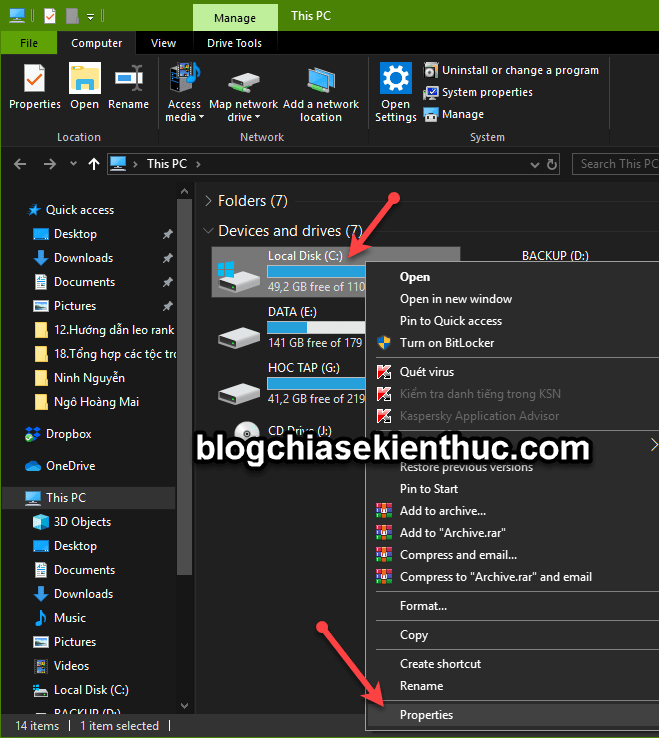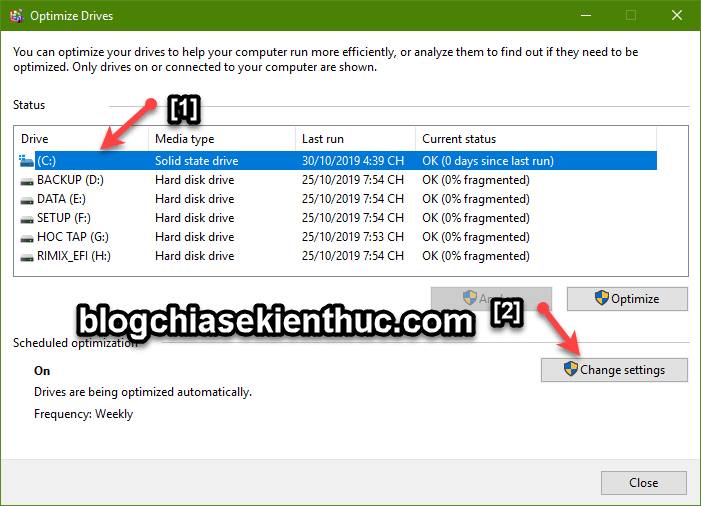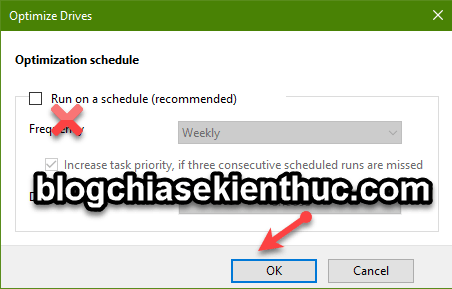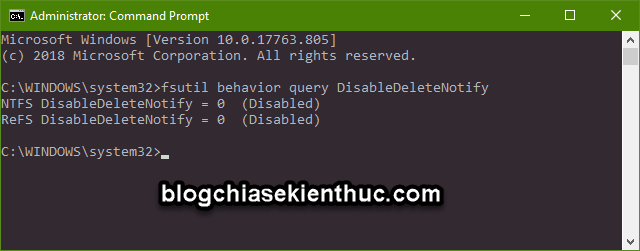Yes, in the previous article, I have shared with you very detailed about the structure, operation principles, and types of SSDs today.
If you are looking to learn about SSDs, please read some of the previous articles, I will put the link below to let you save the effort to find:
Ok, go to the main content in today's article. Many of you have asked yourself How to use SSD properly? and how does the longest SSD fail?
And to answer this question, I think it is better to write a tutorial instead of having to answer for each of you. Because I think SSDs have been used quite often nowadays, simply because the price is much cheaper than before.
And by the way, I also have sincere advice for those who have not used an SSD, upgrade it right away and you will never have to regret it.
If you do not have the conditions, you can buy a 120 GB SSD hard drive (price range 600 - 800 VND) to make the operating system. That's for mid-range hard drives, but for branded hard drives like Intel is still quite expensive.
Well, back to the question of how to use SSDs properly, you first need to understand the principles of SSDs.
I. How does an SSD work?
// I will explain briefly and as easily as possible. If you want to dig deeper, search for information online.
The key components of an SSD are NAND Flash memory chips. And the lifespan of an SSD will depend heavily on these memory chips. Your data is stored in data cells that overlap through insulating layers.
When you use the hard drive, the read / write data cycle (Read / Write) will take place. More or less, it depends on your work, if you regularly copy, edit, delete data, the read and write process will be more.
During the data read / write process, these data will have to go through the insulating layer, at which time the charged charge will gradually decompose the insulation. And after a certain number of cycles, the insulation will completely lose and it's time to think about buying a new hard drive to replace 😀
For more information, please review the article about SSDs!
II. How to use the longest damaged SSD?
Note: Here are some things to keep in mind when using an SSD. Perhaps still missing so hopefully, if you know any other method then leave a comment below this article.
#first. Do not use older operating systems
It is recommended to use Windows 10 on an SSD because this operating system is very well optimized. SSDs should not be used to install older operating systems such as Windows XP or Windows Vista.
#2. Do not perform defragmentation for SSDs
You should not use hard drive defragmentation software or tools available on Windows.
By default, the hard drive defragmentation tool will automatically be activated after you install Windows. Therefore, if you are using an SSD, please turn this feature off immediately.
Perform:
+ Step 1: You press the key combination Windows + E to enter This PC fast. Then right-click on any hard drive partition => and select Properties.

+ Step 2: Switches to the tab Tools => and select Optimize as shown below.

+ Step 3: Click on your SSD hard drive => select Change settings

+ Step 4: Then uncheck the line Run on a schedule go => and press OK to save.

# 3. Turn off the Index feature on Windows
This is a file / folder indexing feature, which makes it easy to track all your files and folders through the Windows Search tool.
However, this feature works continuously to make the process of reading and writing your data also occur more often. So if you use an SSD, you should turn this off too.
Perform:
Right-click on the hard drive partition using the SSD drive on the computer => and select Properties => then you uncheck the line:
Allow files on this drive to have contents indexed in addition to file properties
=> And press Apply => select OK to apply.

# 4. Turn off the System Protection feature on the Windows operating system
Feature System Protection help Windows operating system automatically save a copy in case the computer fails, you can use that backup to restore Windows.
However, not everyone needs this feature, let's turn it off to reduce the number of reads / writes for SSDs.
How to turn off System Protection, I have detailed instructions for you in this article already. You see in section 7 of the article offline.
# 5. Activate the TRIM command on Windows
Note: The TRIM command is only available from Windows 7 and later.
After a while using the SSD, you will see the speed of the SSD is slowing down and processing longer. The reason is that the NAND Flash memory chip cannot overwrite data.
That is, when you want to write data to a data box on the SSD, the controller chip will have to delete the data in that cell first. The TRIM command will proactively notify SSDs of which data blocks are no longer used and can be deleted from within.
In short, the Trim command is extremely important for SSDs, which helps optimize the SSD by deleting data cells and replacing them with new ones.
And by default, when installing the Windows operating system, the TRIM command is automatically activated, but for some reason your TRIM command is turned off, then reactivate it.
Perform:
+ Step 1: Open CMD with Admin rights.
+ Step 2: Use the following command to check if the TRIM command has been activated (copy the command below => and nhấn chuột phải 1 lần and CMD window to make paste):
fsutil behavior query DisableDeleteNotify
=> If the result is returned 0 then the TRIM command has been activated, and the result returned is 1 then it is turned off.

+ Step 3: You can use the command below to reactivate the TRIM command
fsutil behavior set DisableDeleteNotify 0
Or Use the following command to turn off the TRIM command:
fsutil behavior set DisableDeleteNotify 1
# 6. Some other notes when using SSD hard drive
- Limit writing / deleting data too many times.
- Do not overload your SSD. You should only use 70-80% of the capacity of the SSD.
- Do not use peer-to-peer P2P sharing method => because it will make the read / write process take place much more often.
- Is not set up virtual ram for computers that are using an SSD.
III. Epilogue
Well, up here are those experience using an SSD I know, apart from the ways I share above, if you have any other good methods, don't forget to share them again so that you guys can learn together, as well as discuss more.
Hope this article will be helpful to you, wish you success!
Kien Nguyen - Blogchiasekienthuc.com
Note: Was this article helpful to you? Do not forget to rate the article, like and share it with your friends and relatives!


0 Comments